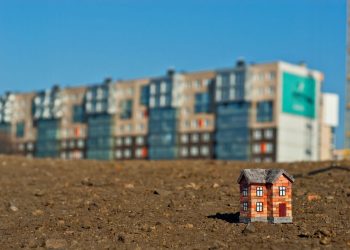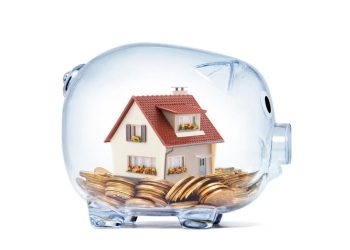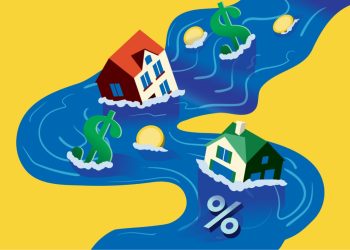 According to the Census Bureau, private residential construction spending fell slightly for the month of July, after three successive months of gains. The July value of private residential construction put in place was down 1.6 percent on a seasonally adjusted annual basis. Despite this small decline, which was driven by the volatile measure for home improvement spending, the overall trend in residential construction spending has been positive, with July’s total standing as the second highest monthly tally since the beginning of 2009.
According to the Census Bureau, private residential construction spending fell slightly for the month of July, after three successive months of gains. The July value of private residential construction put in place was down 1.6 percent on a seasonally adjusted annual basis. Despite this small decline, which was driven by the volatile measure for home improvement spending, the overall trend in residential construction spending has been positive, with July’s total standing as the second highest monthly tally since the beginning of 2009.
Construction spending on new single-family homes was up 1.5 percent on a month-to-month basis and is up 19 percent from this time last year. Moreover, since bottoming out during the second quarter of 2009, the nominal dollar value of spending on new single-family homes has increased 40 percent. While the recovery in home building varies from location to location, the overall positive trend is expected to continue into 2013.
However, it should be noted that the current pace of activity remains significantly below historical norms. For example, the July 2012 total is just 42 percent of the residential construction spending total of July 2003.
Multifamily construction spending increased 2.8 percent during July and has experienced gains in each of the last 10 months. Overall, spending on new multifamily units has significantly increased by 68 percent from its low point in August 2010. Construction activity is expected to level out over the remainder of 2012, but we anticipate multifamily starts to remain well above 200,000 through the end of next year.
The home improvement category experienced a noticeable decline in July, falling 5.5 percent. Remodeling activity has remained in a relatively tight range for the past two years, although the drop in July may be related to limited mid-year weakness for existing home sales. It is also worth noting that the section 25C tax credit for making energy efficiency upgrades to existing homes expired at the end of 2011, which was supporting some remodeling spending.
View this article on the NAHB blog, Eye on Housing.










